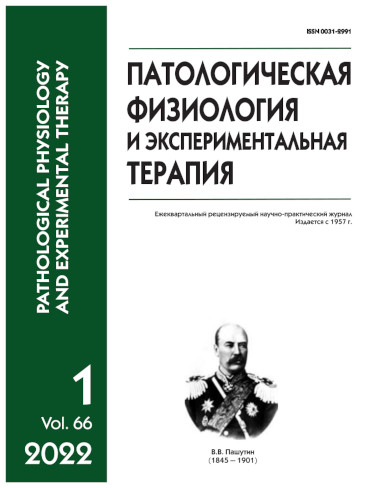Uric acid as a target for the action of electromagnetic radiation
Keywords:
the study was to evaluate the effect of decimeter range electromagnetic radiation on the concentration of uric acid in rat plasma and to assess a correlation between uric acid and major indexes of the antioxidant defense. Methods. Experiments were performed on rats exposed to decimeter-range electromagnetic field for three mos. The plasma concentration of uric acid was measured spectrophotometrically at one, two, and three mos. Correlations were assessed between concentrations of uric acid and ceruloplasmin, the main plasma antioxidant, as well as between uric acid and glutathione, the main non-enzymatic red blood cell antioxidant. Results. The long-term exposure of animals to the decimeter- range electromagnetic radiation for three mos. led to an increase in plasma concentrations of uric acid, ceruloplasmin, and copper. In peripheral red blood cells, the concentration of reduced glutathione increased. A significant correlation was found between plasma concentrations of uric acid and ceruloplasmin and copper (Cu2 ) as well as between plasma uric acid and red cell glutathione. Conclusion. The long-term exposure of rats to decimeter-range electromagnetic radiation for three mos. leads to an increase in plasma concentration of uric acid. Uric acid, as well as ceruloplasmin and glutathione, is a target for the action of electromagnetic radiation with more pronounced changes in uric acid
Abstract
Perm State Pharmaceutical Academy, Polevaya St. 2, Perm 614089, Russian Federation
Downloads
Download data is not yet available.
Published
15-03-2022
How to Cite
Terekhina N. A., Selin A., Terekhin G. Uric acid as a target for the action of electromagnetic radiation // Patologicheskaya Fiziologiya i Eksperimental’naya Terapiya (Pathological physiology and experimental therapy). 2022. VOL. 66. № 1. PP. 96–103.
Issue
Section
Original research






